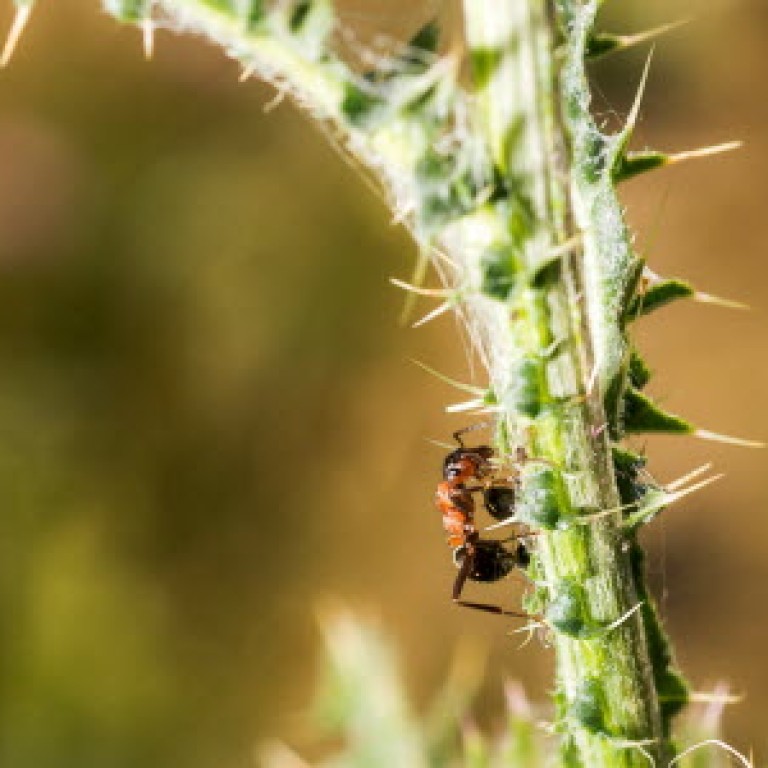
Hong Kong discovers 27 new ant species in less than a year
At least 27 additional species of ant have been discovered in Hong Kong in the past year - a dozen of them potentially new to science - according to University of Hong Kong researchers who unveiled the world's first online databank on global ant distribution yesterday.
There are more than 15,000 recorded species of ant on the planet - each with their own unique appearance and features - and they play important ecological roles ranging from soil nutrient circulation and aeration to seed dispersal for plants.
The findings, once verified, would mean the city is now home to over 190 species of ant, an increase from the 170 recorded nearly 20 years ago. And more discoveries are expected, says assistant professor Dr Benoit Guénard, one of the lead researchers, who is studying insect biodiversity using ants.
In comparison, there are 714 species in Ecuador, 736 species in Zaire, 867 in Malaysian Borneo and 1,458 in the Australian state of Queensland. Guangdong has 228 and Taiwan 288.
"It's astonishing to be discovering new life almost every week," said Guénard, who estimates there could be upwards of 250 species in the city upon further study.
The 12 potential fresh entrants to global ant records include new kinds of the army, spider eggs-eater, mini trap-jaw and dracula ants. Two of the species found even belong to a genus and subfamily only recently established - the and .
"People think to discover new life we have to go somewhere like the jungles of Borneo ... but who knows, maybe the next new discovery will be made by a six-year-old kid playing in a park," Guénard said.
Guénard, in collaboration with Dr Evan Economo of the Okinawa Institute of Sciences and Technology, has created the world's first "ant map" - an interactive online database that maps how and what ant species are distributed across the world.
The platform was built based on 1.6 million records of ant distribution and information from 8,500 publications. It allows a user to see where a species comes from and their spread.
Guénard said the ant map could help fill the "black hole" in knowledge on the global diversity of ants.
Out of the 1.8 million described species of life on earth, roughly one million are insects, compared with 310,000 types of plant, 10,600 kinds of bird and just 5,900 species of mammal.
"There is very limited understanding of the biodiversity of the most diverse species on the planet," he said. "We live in a world that is dominated by insects, so there is good reason to study them."

